264 results
Proximal optimisation technique (POT) in bifurcation stenting
Watch this video if you want to learn why POT is important in bifurcation PCI & how to perform it correctly and to review the pitfalls of POT and how to avoid them.
Speakers: Goran Stankovic, Jens Flensted Lassen
This interview supported by Medtronic was filmed at PCR...

PCR e-Course 2020 Clinical cases
25 Jun 2020 – From PCR e-Course 2020
Watch a series of best clinical cases presented at the PCR e-Course 2020:
- ACS-patient with culprit in a coronary ectasia
- Coronary stenting in an ectatic artery
- Challenging PCI after aortic valve-in-valve implantation
- Cisplatin-induced coronary artery thrombosis presented as ACS
- MOCA I study: microvascular obstruction measured using dMVR
- The many faces of in-stent...

Hotlines and innovations on bifurcation lesions - PCR e-Course 2020
View this hot line from PCR e-Course 2020 on the topic of bifurcation stenting regarding the role of deployment technique in a global registry.

How to treat ostial lesions with Szabo’s technique?
28 May 2020
Szabo’s technique, also known as “tail-wire” technique, is one of the few specific ostial intervention techniques that can be helpful to achieve precise coverage of the ostium without excessive protrusion into the aorta or the respective main vessel... Discover the tips and solutions proposed by Felix...

Author

Author

Author

Author
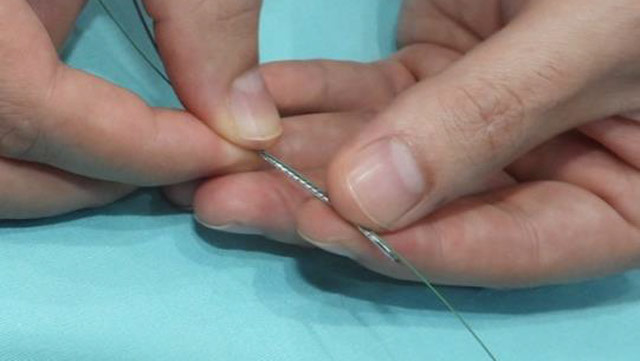
How to bend a coronary wire for difficult side branch access?
23 Apr 2020
Bending a wire for side branch access requires taking into account the geometry of the main vessel, the angulation of the side branch, the space for rotation of the wire, and the distribution of plaque, the presence of a stent etc. Discover the tips and solutions...

Author

Author
Author
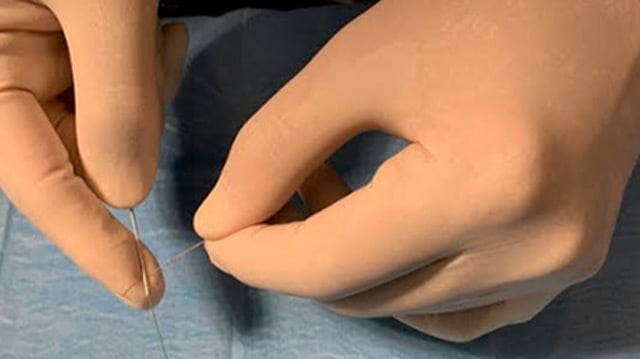
Why and how to perform Proximal Optimisation Technique (POT)
17 Apr 2020
Proximal stent optimization to pMV reference diameter needs to be performed with an adequately sized (1:1) and meticulously positioned balloon since either too proximal or too distal position of POT balloon leads to suboptimal results. Discover the tips and solutions proposed by Zlatko Mehmedbegovic et al.
Author
Author

Author
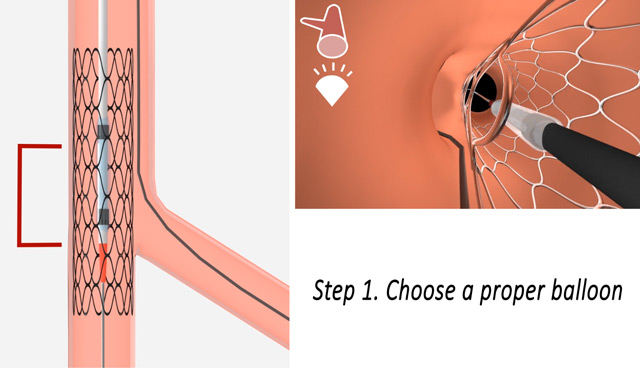
Bifurcation Exploration website: Bifurcation visualisations from a whole new perspective
27 Mar 2020
The Bifurcation Exploration website details five step-by-step bifurcation techniques with endoscopic imaging that show you what’s happening inside the vessel at each stage.
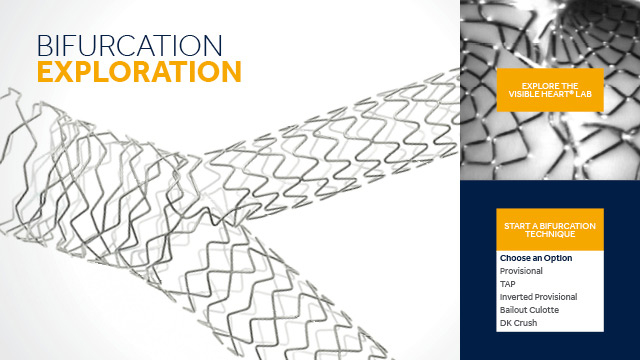
Impact of kissing balloon in patients treated with ultrathin stents for left main lesions and bifurcations: an analysis from the RAIN-CARDIOGROUP VII study
26 Mar 2020
The objective of this analysis was to investigate the potential benefits of FKI in bifurcations treated with new generation ultrathin stents using a 1- or 2-stent technique.

Reviewer

Reviewer
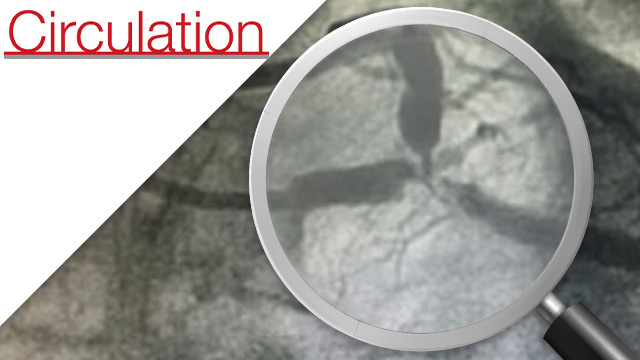
Best of PCRonline in 2019
13 Jan 2020
Thank you to the thousands of cardiologists and healthcare professionals whose contribution to the website provides the community with a valuable, free resource of education in cardiovascular interventions - this embodies the By and For that sets PCRonline apart! Thanks to you, over half a million...
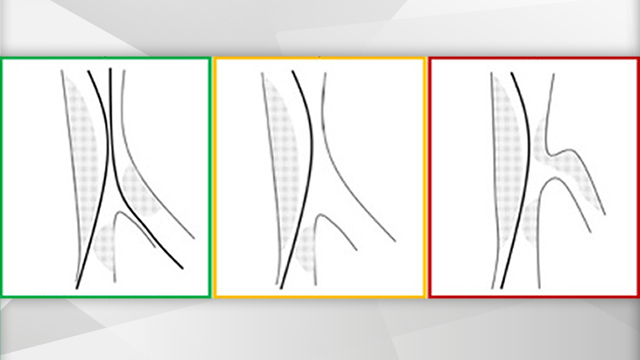
Interactive Case Corner 1 - Thrombosed AVG, bifurcation lesions & diffuse CAD
18 Dec 2019 – From GulfPCR-GIM 2019
Consult this session to discover a selection of challenging clinical cases, such as myocardial revascularisation in diffuse CAD, PCI of bifurcation lesion with DK crush technique, angioplasty of totally thrombosed arteriovenous graft, and more!



